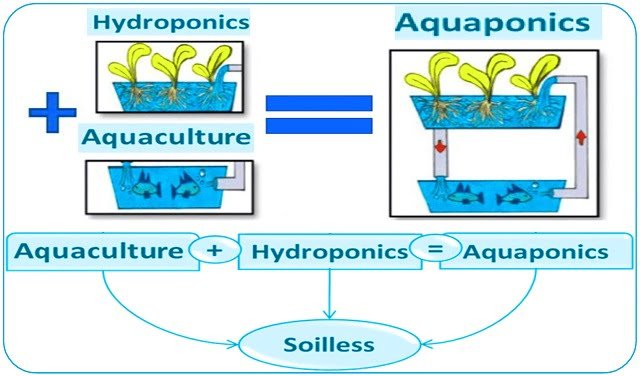Scotland.- The first mussel spat reared at the Scottish Shellfish Hatchery Stepping Stone project in Shetland will be transferred to on-growing sites at sea next week.
The positive milestone was announced by Daniel Cowing, Aquaculture Scientist & Technician at the NAFC Marine Centre, and Michael Tait, Chairman of the Scottish Shellfish Marketing Group, at the Association of Scottish Shellfish Growers (ASSG) annual conference in Oban.
There, industry members were given an update on the £1.7m 30-month collaboration which also involves Highlands and Islands Enterprise, Scottish Aquaculture Innovation Centre (SAIC) and the European Maritime and Fisheries Fund.
Said Daniel Cowing: “We’re not yet achieving the quantities we would like but we are now seeing larvae develop through to spat stage and settle onto ropes, which is a major advance in itself. The next step will be taking the ropes offshore, where the spat will be closely monitored over a growing period of two years.”
Added Michael Tait: “It’s a positive position in which to end what has been a challenging but ultimately insightful first year. We’ve learned lots about feed requirements and spawning. Now the key focus is on survivability and bacteriology. Get that right and the implications for the industry are very exciting indeed.”
Also speaking at the ASSG annual conference was Robin Shields, Aquaculture Innovation Manager at SAIC, who provided an update on two additional collaborative projects: one to research the technologies and processes that will help optimise larvae and spat; the other to develop the genetic tools for selective breeding.
Stay Always Informed
Join our communities to instantly receive the most important news, reports, and analysis from the aquaculture industry.
Commented Robin: “Both projects are specifically designed to provide scientific support to the Stepping Stone pilot, so we’re very much looking forward to seeing representatives from the different project teams come together in Shetland next Tuesday 31 October to review the advances made during the 2017 season and help plan for 2018.”
The mussel industry is now estimated to be worth over £10 million a year in Scotland alone. A commercial-scale hatchery would see this value increase further, resulting in higher and more reliable yields, new jobs and greater export potential.
Click here to watch a video of a healthy, mobile, hatchery-reared mussel spat taken off a settlement rope as it moves across a microscope slide.
Source: SAIC
Editor at the digital magazine AquaHoy. He holds a degree in Aquaculture Biology from the National University of Santa (UNS) and a Master’s degree in Science and Innovation Management from the Polytechnic University of Valencia, with postgraduate diplomas in Business Innovation and Innovation Management. He possesses extensive experience in the aquaculture and fisheries sector, having led the Fisheries Innovation Unit of the National Program for Innovation in Fisheries and Aquaculture (PNIPA). He has served as a senior consultant in technology watch, an innovation project formulator and advisor, and a lecturer at UNS. He is a member of the Peruvian College of Biologists and was recognized by the World Aquaculture Society (WAS) in 2016 for his contribution to aquaculture.


